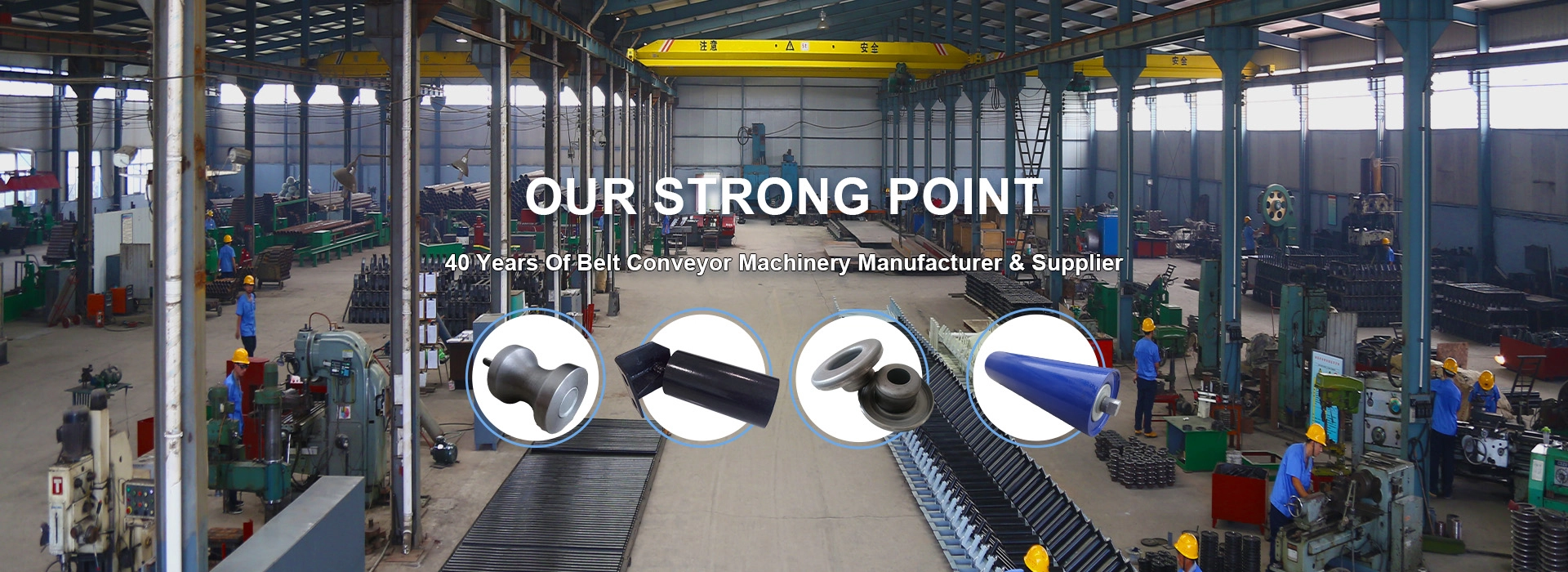 Afrikaans
Afrikaans  Albanian
Albanian  Amharic
Amharic  Arabic
Arabic  Armenian
Armenian  Azerbaijani
Azerbaijani  Basque
Basque  Belarusian
Belarusian  Bengali
Bengali  Bosnian
Bosnian  Bulgarian
Bulgarian  Catalan
Catalan  Cebuano
Cebuano  Corsican
Corsican  Croatian
Croatian  Czech
Czech  Danish
Danish  Dutch
Dutch  English
English  Esperanto
Esperanto  Estonian
Estonian  Finnish
Finnish  French
French  Frisian
Frisian  Galician
Galician  Georgian
Georgian  German
German  Greek
Greek  Gujarati
Gujarati  Haitian Creole
Haitian Creole  hausa
hausa  hawaiian
hawaiian  Hebrew
Hebrew  Hindi
Hindi  Miao
Miao  Hungarian
Hungarian  Icelandic
Icelandic  igbo
igbo  Indonesian
Indonesian  irish
irish  Italian
Italian  Japanese
Japanese  Javanese
Javanese  Kannada
Kannada  kazakh
kazakh  Khmer
Khmer  Rwandese
Rwandese  Korean
Korean  Kurdish
Kurdish  Kyrgyz
Kyrgyz  Lao
Lao  Latin
Latin  Latvian
Latvian  Lithuanian
Lithuanian  Luxembourgish
Luxembourgish  Macedonian
Macedonian  Malgashi
Malgashi  Malay
Malay  Malayalam
Malayalam  Maltese
Maltese  Maori
Maori  Marathi
Marathi  Mongolian
Mongolian  Myanmar
Myanmar  Nepali
Nepali  Norwegian
Norwegian  Norwegian
Norwegian  Occitan
Occitan  Pashto
Pashto  Persian
Persian  Polish
Polish  Portuguese
Portuguese  Punjabi
Punjabi  Romanian
Romanian  Russian
Russian  Samoan
Samoan  Scottish Gaelic
Scottish Gaelic  Serbian
Serbian  Sesotho
Sesotho  Shona
Shona  Sindhi
Sindhi  Sinhala
Sinhala  Slovak
Slovak  Slovenian
Slovenian  Somali
Somali  Spanish
Spanish  Sundanese
Sundanese  Swahili
Swahili  Swedish
Swedish  Tagalog
Tagalog  Tajik
Tajik  Tamil
Tamil  Tatar
Tatar  Telugu
Telugu  Thai
Thai  Turkish
Turkish  Turkmen
Turkmen  Ukrainian
Ukrainian  Urdu
Urdu  Uighur
Uighur  Uzbek
Uzbek  Vietnamese
Vietnamese  Welsh
Welsh  Bantu
Bantu  Yiddish
Yiddish  Yoruba
Yoruba  Zulu
Zulu drive pulley in belt conveyor
The Role of Drive Pulleys in Belt Conveyors
Belt conveyors are essential tools in various industries, serving as vital systems for transporting materials from one location to another. Among the crucial components of belt conveyors, the drive pulley plays a pivotal role in the functioning and efficiency of the system. Understanding the significance of the drive pulley can provide insights into enhancing conveyor performance and reliability.
The Role of Drive Pulleys in Belt Conveyors
The design of the drive pulley is crucial for optimal performance. It usually features a robust construction, often made from materials such as steel or rubber, to withstand the wear and tear of continuous operation. The diameter of the pulley also affects the tension of the belt and the ability to navigate curves, making it an essential factor in system design. Properly sized pulleys can reduce stress on the belt, prolong its lifespan, and minimize maintenance needs.
drive pulley in belt conveyor

Moreover, the selection of the right type of drive pulley, such as smooth, lagged, or crowned, can enhance traction between the belt and the pulley, ensuring efficient power transfer. This can be particularly important in applications involving heavy loads or steep inclines, where the risk of slippage needs to be minimized.
In addition to its mechanical functions, the drive pulley also plays a role in the overall safety of the conveyor system. Proper alignment, installation, and regular maintenance of the drive pulley are essential to prevent breakdowns and ensure smooth operation. Alerts and monitoring systems can be integrated to track the status of the drive pulley and detect any anomalies, promoting a proactive approach to maintenance.
In conclusion, the drive pulley is a fundamental component of belt conveyors that directly influences their efficiency, reliability, and safety. Attention to its design, selection, and maintenance can significantly enhance conveyor system performance, making it an area of focus for engineers and operators alike. By optimizing this vital component, industries can improve productivity and reduce operational costs, ensuring a more efficient material handling process.
-
Revolutionizing Conveyor Reliability with Advanced Rubber Lagging PulleysNewsJul.22,2025
-
Powering Precision and Durability with Expert Manufacturers of Conveyor ComponentsNewsJul.22,2025
-
Optimizing Conveyor Systems with Advanced Conveyor AccessoriesNewsJul.22,2025
-
Maximize Conveyor Efficiency with Quality Conveyor Idler PulleysNewsJul.22,2025
-
Future-Proof Your Conveyor System with High-Performance Polyurethane RollerNewsJul.22,2025
-
Driving Efficiency Forward with Quality Idlers and RollersNewsJul.22,2025





























